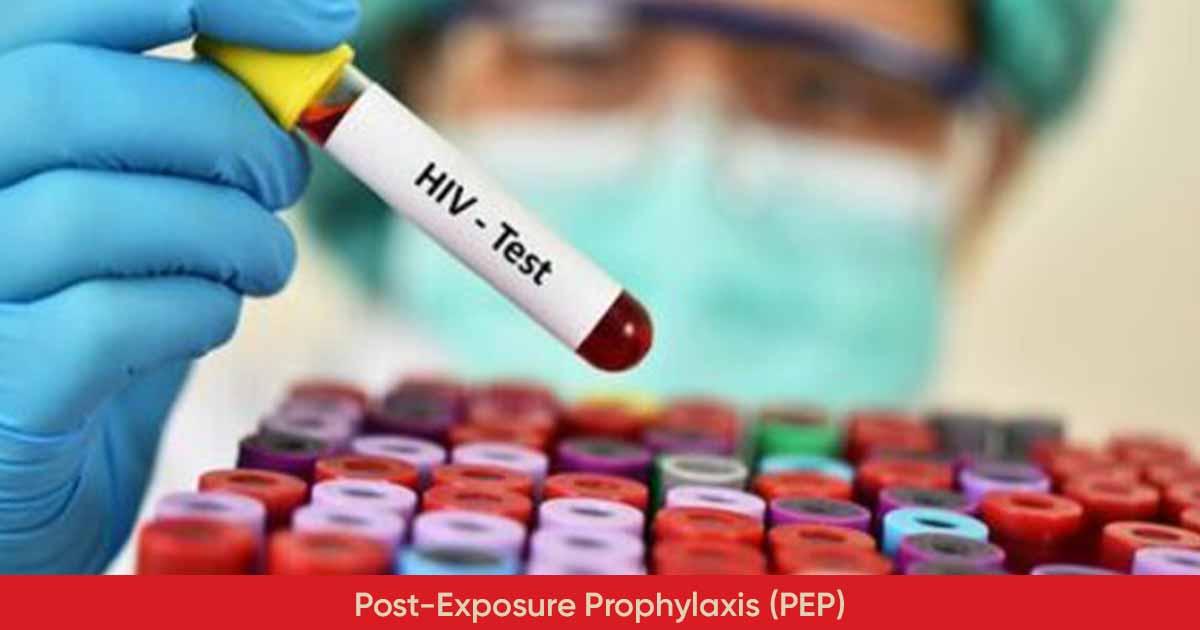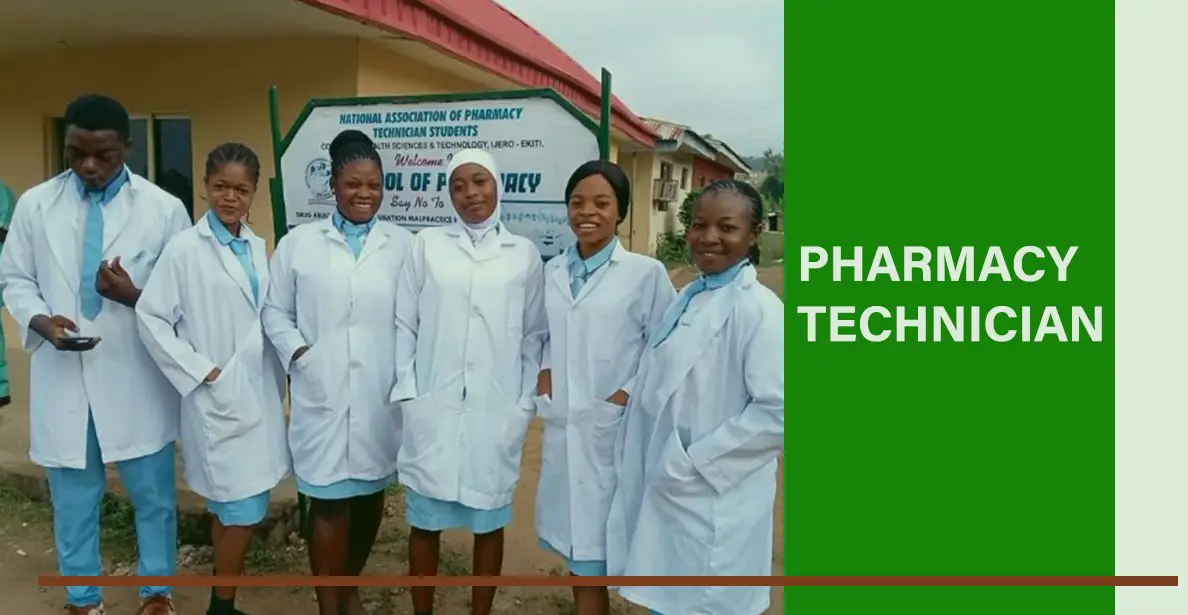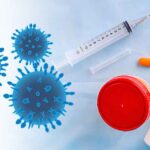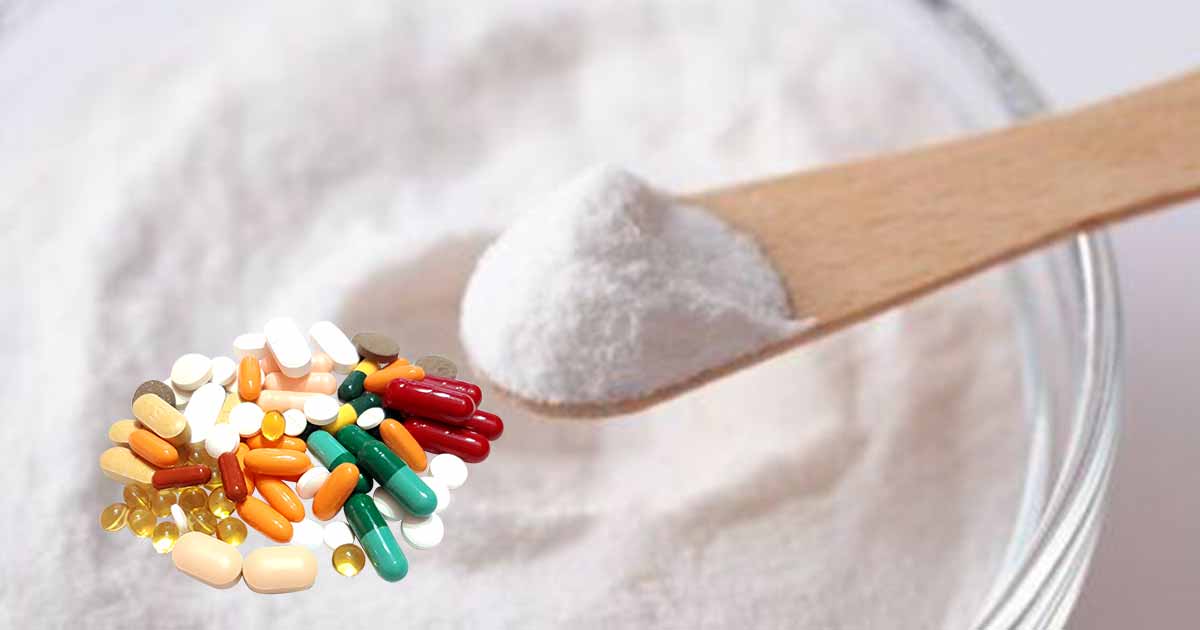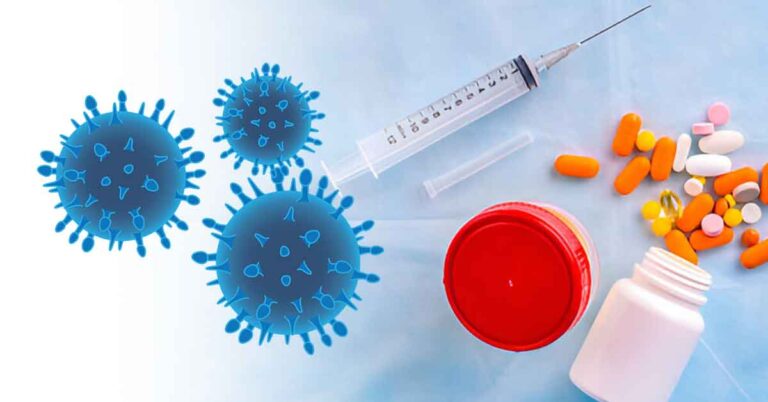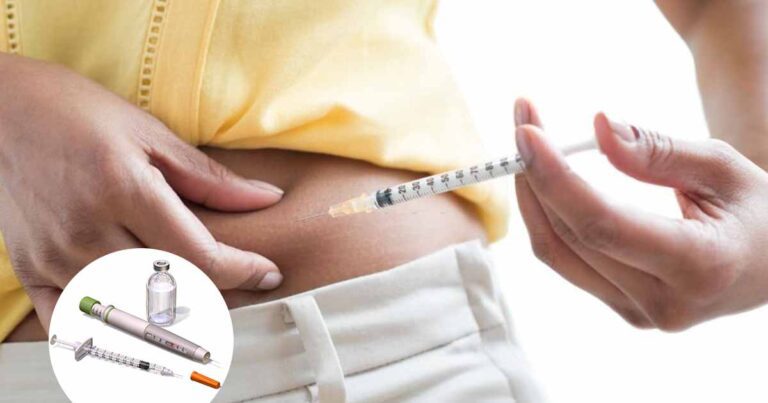Post-Exposure Prophylaxis (PEP) in HIV is the usage of ARV drugs by HIV-negative people after exposure to a known or supposed (high-risk) source of HIV infection. It involves taking anti-HIV medications as soon as possible after you may have been exposed to HIV to try to decrease the chance of becoming HIV positive.
These prescriptions keep HIV from producing copies of itself and circulating through your body. The best location to get PEP is a sexual health or HIV clinic. If you need PEP over the weekend, or when sexual health clinics are closed, the best place to go is an Accident and Emergency department in a hospital.
Post-Exposure Prophylaxis is not commonly obtainable from general practitioners (GPs), but you can get it from some pharmacy outlets.
When a patient comes for PEP, HIV testing is usually done, and possible exposure to other diseases such as hepatitis B and C.
Post-exposure prophylaxis (PEP) differ from Pre-exposure prophylaxis (or PrEP). PEP is an emergency preventive medication after exposure to HIV risk, while PrEP are medications that are used in people who do not have HIV but are at risk of getting it.
Types of Post-Exposure Prophylaxis (PEP)
There are two types of Post-Exposure Prophylaxis (PEP):
Occupational PEP (sometimes called “oPEP”), taken when someone working in a healthcare setting is potentially exposed to material infected with HIV, and
Non-occupational PEP (sometimes called “nPEP”), taken when someone is potentially exposed to HIV outside the workplace (e.g., from sexual assault, or during episodes of unprotected sexual contact or needle-sharing injection drug usage).
To be effective, PEP must start up within 72 hours of exposure, before the virus has time to create too many copies of itself in your body. PEP consists of 2-3 antiretroviral medications and should be taken for 28 days. Your doctor will determine what medicine is right for you based on how you were exposed to HIV.
When you start Post-Exposure Prophylaxis (PEP) within:
- 0 – 2 hours – gives best protection
- 2 – 36 hours – it gives good protection
- 36 – 72 hours – gives lesser protection over time
- Over 72 hours – not recommended
Post-Exposure Prophylaxis is safe, but may cause side effects like nausea in some people. These side effects can be treated and are not life-threatening. PEP is not 100% sufficient, it does not ensure that someone exposed to HIV will not become infected with HIV.
Drug Regimen in PEP
For adults, the CDC advises tenofovir disoproxil fumarate (tenofovir DF or TDF)(300 mg) + emtricitabine F)(200 mg). (These two drugs arrive in one pill), and a third drug, either raltegravir RAL)(400 mg) twice daily or dolutegravir (DTG)(50 mg) once daily.
An alternative regimen is tenofovir disoproxil fumarate TDF (300 mg) + emtricitabine (F)(200 mg) once daily, plus darunavir (DRV)(800 mg) + ritonavir* (RTV)(100 mg) once daily. Ritonavir (RTV) is not considered as part of the regimen, but as a pharmacokinetic enhancer to prolong the half-life of darunavir (DRV).
In people with impaired renal function, (creatinine clearance <50 mL/min), the dose of the Post-Exposure Prophylaxis (PEP() drugs, (tenofovir DF/emtricitabine) should be adjusted.
Abacavir sulfate should not be part of any PEP regimen, as there is no time for genetic testing for the HLA-B*5701 allele, that causes fatal hypersensitivity syndrome.
Women who are in early pregnancy, who are sexually active and could become pregnant while taking PEP, or who were sexually assaulted without birth control should take raltegravir rather than dolutegravir because of a risk of birth defects.
Children 2 years or older who need PEP usually get the same drugs in different doses.
The side effects of Medications for Post-Exposure Prophylaxis (PEP)
They include nausea, diarrhea, dizziness, headache, muscle weakness and skin rash. These effects can be weakening, and automatic prophylaxis for every sharp injury cannot be advocated. Pregnancy is not a contraindication for PEP, but the evidence for its safe use in pregnancy is limited.
Procedure for Children and Adolescents presenting with possible exposure to HIV
1. Danger assessment
Thorough record and examination to assess the risk of exposure to HIV. Establish whether the exposure happened within the last 72 hours.
2. Child/Adolescent
Ensure that the child / adolescent is not already HIV infected. This is crucial, as treatment with PEP in that possibility would be inappropriate (although awaiting this result should not postpone PEP, as it can be initiated and subsequently stopped or changed if necessary).
The baseline HIV test result on the child/adolescent should be known at the first follow-up visit (within 24–72 hours of PEP initiation). Baseline Point of Care testing (POCT) is not recommended in this situation.
3. Management
HIV PEP is most effectual if started within 1 hour of exposure, but may be beneficial up to 72 hours after. The child’s family should be advised about likely side effects and given contact phone numbers in case of concerns during or after the treatment period.
An appointment to see a pediatrician/HIV physician, ideally within 24–72 hours of starting HIV PEP, should be made.
Initially, 5 days of PEP should be stipulated. A full 4 weeks should NOT be prescribed at the first appointment. A further medication for a total of 4 weeks should be given at consultant review if Post-Exposure Prophylaxis (PEP) is to be continued. PEP regimens may sometimes need improvement if the index case is known to or likely to provide quarters for drug resistant virus. Seek expert help, but do not delay starting Post-Exposure Prophylaxis.
Also note that,
- Young people from 10 years of age and over 35 kg who are able to swallow tablets should obtain PEP.
- Young people 10 years of age or older with renal deficiency should not receive tenofovir and should therefore be given:- raltegravir 400 mg (1 tablet) bd + a fixed dose combination of lamivudine 150 mg/zidovudine 300 mg 1 tablet bd
- Tenofovir should be bypassed in the context of renal impairment at any age, if at all possible seek specialist advice
- Although raltegravir is nowadays licensed in children younger than 6 years, knowledge of use in children in this age group is very restricted, and a chewable formulation is rarely instantly available even in specialist centers.
- For these explanations, Kaletra remains first line recommendation in children under 6 years of age, with chewable raltegravir as an alternative.
References:
- https://www.health.ny.gov/publications/9867.pdf
- https://medlineplus.gov/hivprepandpep.html

